I'm getting the following error when I try to load a custom UITableViewCell from a xib file via UINib's instantiateWithOwner method. I've tried all of the other solutions I can find on here with no luck. The issue seems to be that when the xib file is opened up by UINib, it uses the super class UITableViewCell instead of my custom class, ContentPackCell. I have attached a screenshot from Interface Builder showing where I associated the xib with my class as well associating an Identifier. There has to be some other step that I'm missing.
The error:
*** Terminating app due to uncaught exception 'NSUnknownKeyException', reason: '[<UITableViewCell 0x6b87220> setValue:forUndefinedKey:]: this class is not key value coding-compliant for the key descriptionLabel.'
The code (similar to Apple's sample AdvancedTableViewCells project):
ContentPackCell *cell = (ContentPackCell *)[tableView dequeueReusableCellWithIdentifier:CellIdentifier];
if (cell == nil) {
[self.cellNib instantiateWithOwner:self options:nil];
cell = tmpCell;
self.tmpCell = nil;
}


Update:
